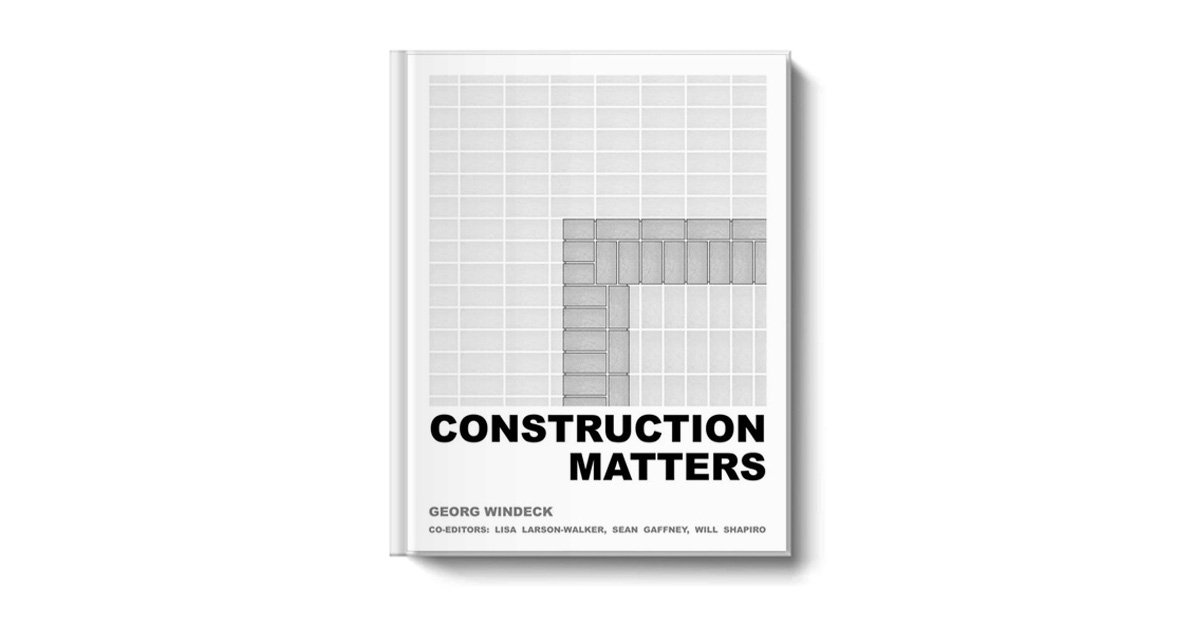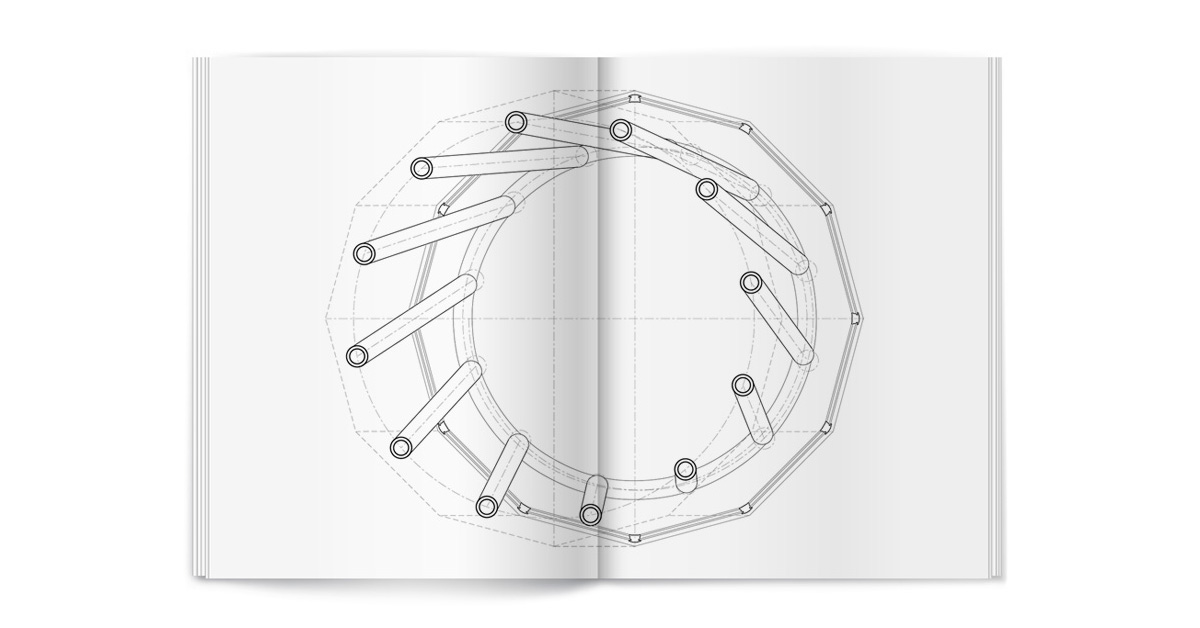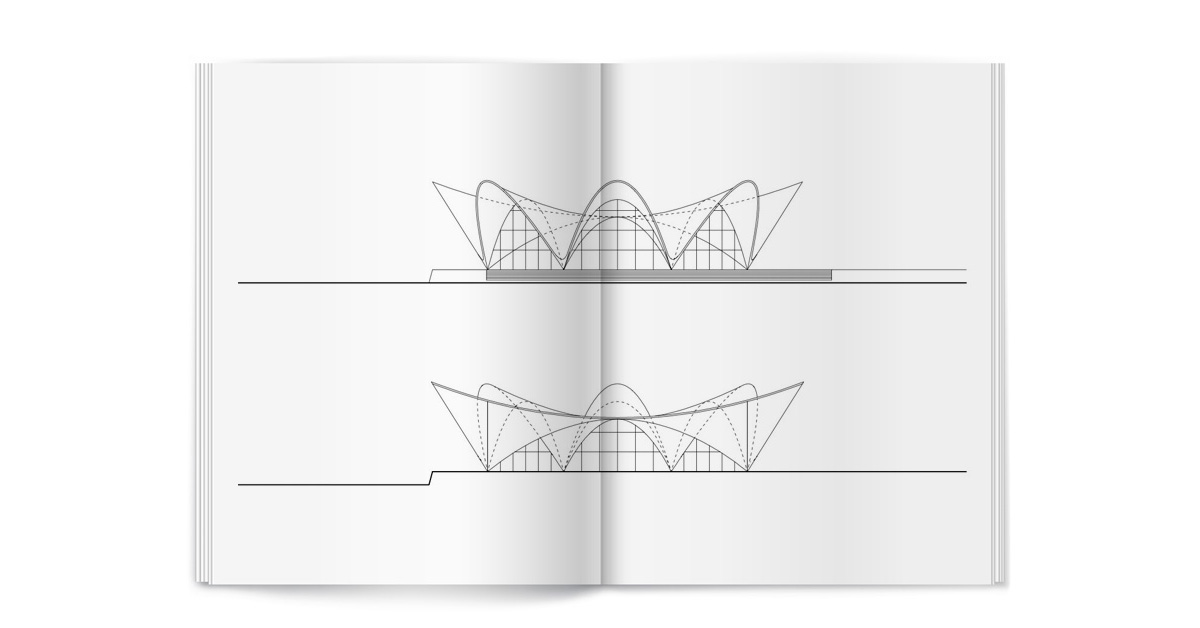 “Construction Matters” by Georg Windeck. Powerhouse Books, 2016.
“Construction Matters” by Georg Windeck. Powerhouse Books, 2016. .
Construction Mattersproposes that architects consciously think about spatial design as an expression of technological innovation.
The thesis of Construction Mattersis clearly established by its openings sentence. “The materials of construction establish the essential shape and character of architectural space.” Author Georg Windeck suggests that innovations related to four elemental materials — brick, concrete, steel, and wood — have shaped our understanding of design and space in the twentieth century. These materials provide the structure for the book, with each chapter examining two or three aspects of its subject material using case studies that embody the possibilities of a particular innovation.
The first chapter opens with a short history of brick masonry that beautifully articulates the truly groundbreaking nature of the material, tracking its evolution from a rough, molded unit to the mass-produced extruded wire-cut brick that enabled construction booms and architectural innovations around the world. Stronger, more precise brick also meant thinner walls and greater creative freedom for designers. Windeck illustrates these implications with Mies van der Rohe’s 1923 design for a brick country house, which features an abstract arrangement of freestanding wall planes, connected by glass, that the author suggests are “liberating brick from the formal constraints of its history.” Thanks to modern extruded brick, walls can be linear delineations of space rather than structural enclosures.
Each material innovation is similarly introduced and explained, with case studies ranging from early steel structures to the 2002 Aarau Market Hall, designed by Quintus Miller and Paola Maranta, used here to illuminate the spatial possibilities of glued laminated timber. The book is illustrated throughout with excellent photographs and cleardrawings documenting the construction of each project — something sorely missing from most monographs and magazines.
While the book makes a compelling case for each innovation, it doesn’t aim to be an encyclopedic volume or history book. Rather the author calls it an “anti-textbook” that’s “meant to inspire rather than instruct.” In this way, it recalls Farshid Moussavi’s The Function of Ornament. However, where that book argues that construction methods produce ornament and effect, Construction Mattersargues that they produce new types of space.
The title is both a subject and a declaration of significance. Construction matters. Materials and methods matter. The choices architects make matter. As the book makes clear, those choices reflect a constantly evolving dialogue between art, craft, and engineering innovations.
Construction Matters by Georg Windeck, co-Edited by Lisa Larson-Walker, Sean Gaffney and Will Shapiro. New York: Powerhouse Books, 2016.











